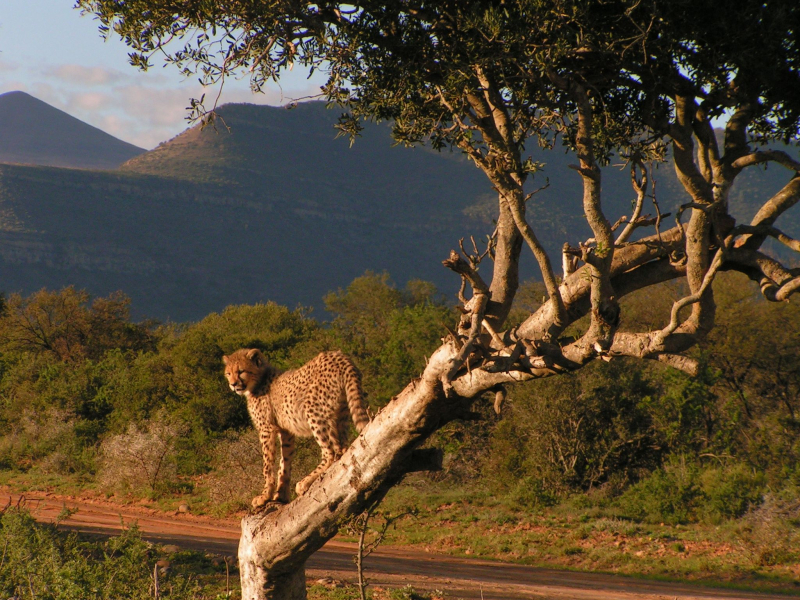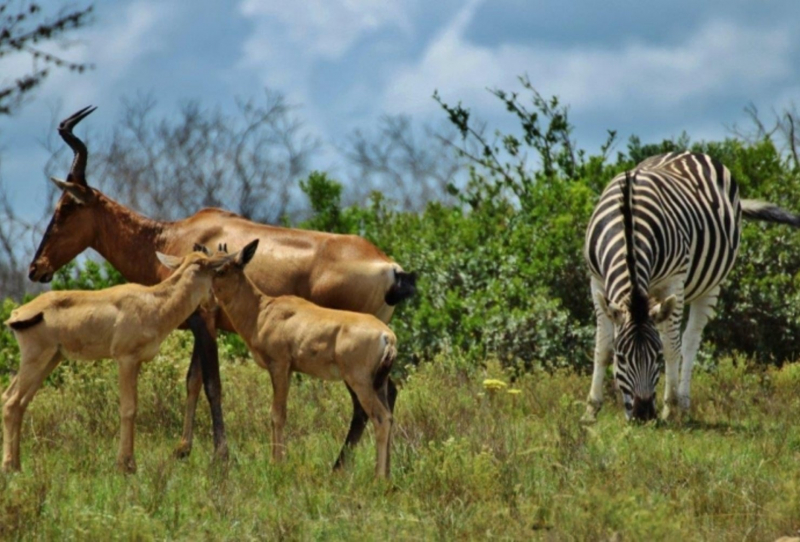Spot the Big 5 and even more wildlife in South Africa’s parks
South Africa is a tremendously accessible way to visit some amazing wildlife in a tourist-friendly and budget-friendly country. Not only that, but the big five can be found in a variety of national parks and private game reserves, so you can see them all on a single safari - or, if you're really lucky, on a single game drive! Do you know what the big five animals are? The African Elephant, Cape Buffalo, Leopard, Lion, and Rhinoceros were dubbed "the big five" by hunters because they were thought to be the most difficult and deadly African creatures to kill while hunting on foot.
Because it is associated with an African safari, the lion is undoubtedly the most sought-after of the Big Five. Everyone wants to see the properly titled 'King of the Beasts,' who is charismatic, powerful, and attractive. Hundreds of thousands of lions formerly roamed the planet, but environmentalists estimate that just between 25 000 and 30 000 remain, with the majority in Sub-Saharan Africa. Lion sightings are common in South Africa, whether in national parks or private game reserves.
Perhaps the African elephant should be known as the "King of the Beasts", as it is the world's largest and heaviest land mammal. Its ears alone may measure up to 2m × 1.2m (about the size of a double bed's surface area) and weigh up to 20kg (44lb), and it can grow to a height of more than 3m. Elephants are abundant in South Africa, with large herds of over 100 in the Kruger National Park and smaller breeding herds in private reserves.
Buffalos are sociable creatures that travel in big herds - often hundreds of them - munching long grass as they move and feed together. During the dry season, a cloud of dust frequently signals the arrival of a herd. Buffalos must drink on a regular basis, and seeing a big herd approach a waterhole - usually in the early morning or late afternoon - is a remarkable and loud event. The name of the second-largest land animal, the white rhino, has nothing to do with its color. Early Dutch settlers referred to the animal's big lips as 'wyd' (wide), which was eventually misconstrued as 'white'. Its heft and size will be your first impression. Then you would ask how such a prehistoric-looking animal could have survived for millions of years. Unfortunately, the violence and intensity of modern-day poaching pose a severe threat to the species' existence.
Everyone wants to see this gorgeous, charming, sensual, and dramatic animal, yet it is also the most elusive. The leopard is a solitary animal (until mating or a mother with children) that will aggressively protect its own hunting zone from other leopards, whether male or female. The leopard is a skilled stalker and is regarded as one of the most successful, if not the most successful, of all African predators. If you're lucky, especially if you're on a night drive (since leopards are nocturnal), you could watch a leopard stalking its target - stealthily, mercilessly - before approaching within 5m of the prey and releasing itself with a strong spring.

















